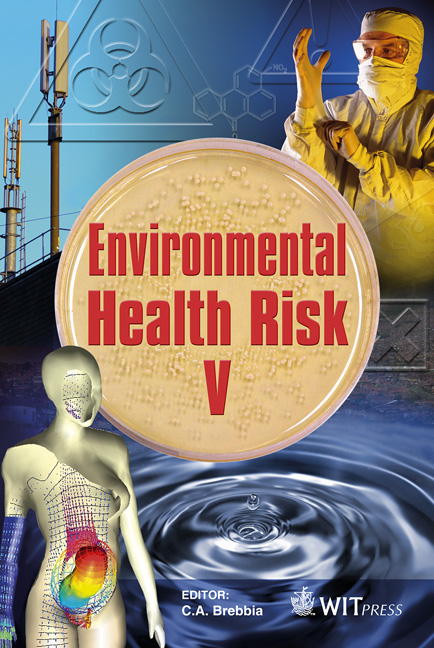Study Of The Dispersion Process Of Vehicular Emissions At A Specific Site In Belo Horizonte Using Numerical Simulation
Price
Free (open access)
Transaction
Volume
14
Pages
12
Page Range
23 - 34
Published
2009
Size
647 kb
Paper DOI
10.2495/EHR090031
Copyright
WIT Press
Author(s)
V. Jacomino, F. Tavares, A. Barreto & E. Dutra
Abstract
In this study, the California Line Source for Queuing & Hot Spot Calculations Refined (CAL3QHCR) model was used to assess the contribution of particulate matter (PM) from vehicular exhausts to the air quality of a specific site in downtown Belo Horizonte. Meteorological, traffic, signalization, and vehicular emissions data were collected and analyzed according to the CAL3QHCR model’s requirements. Due to the absence of PM emission factors for the Belo Horizonte region, it was opted to use previously established factors for vehicles as measured in the São Paulo metropolitan area. Concentration results obtained through simulations were compared to PM10 and PM2.5 concentration experimental data, which consisted of samples collected from an air quality monitoring station located in the micro-region selected for this research. For all scenarios considered, concentration values predicted by the model were lower than experimental concentrations. The sensitivity analysis showed that the vehicular emissions factor influenced simulation results more than other input parameters. Thus more research in the area would be indispensable for obtaining specific emission factors for the region without discarding the possibility of establishing a vehicle inspection program through random sampling in Belo Horizonte. Keywords: air quality, vehicle pollution, particulate matter, numerical simulation.
Keywords
air quality, vehicle pollution, particulate matter, numerical simulation





